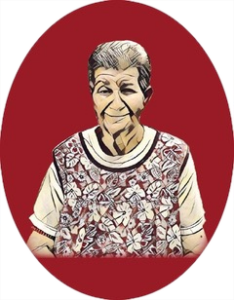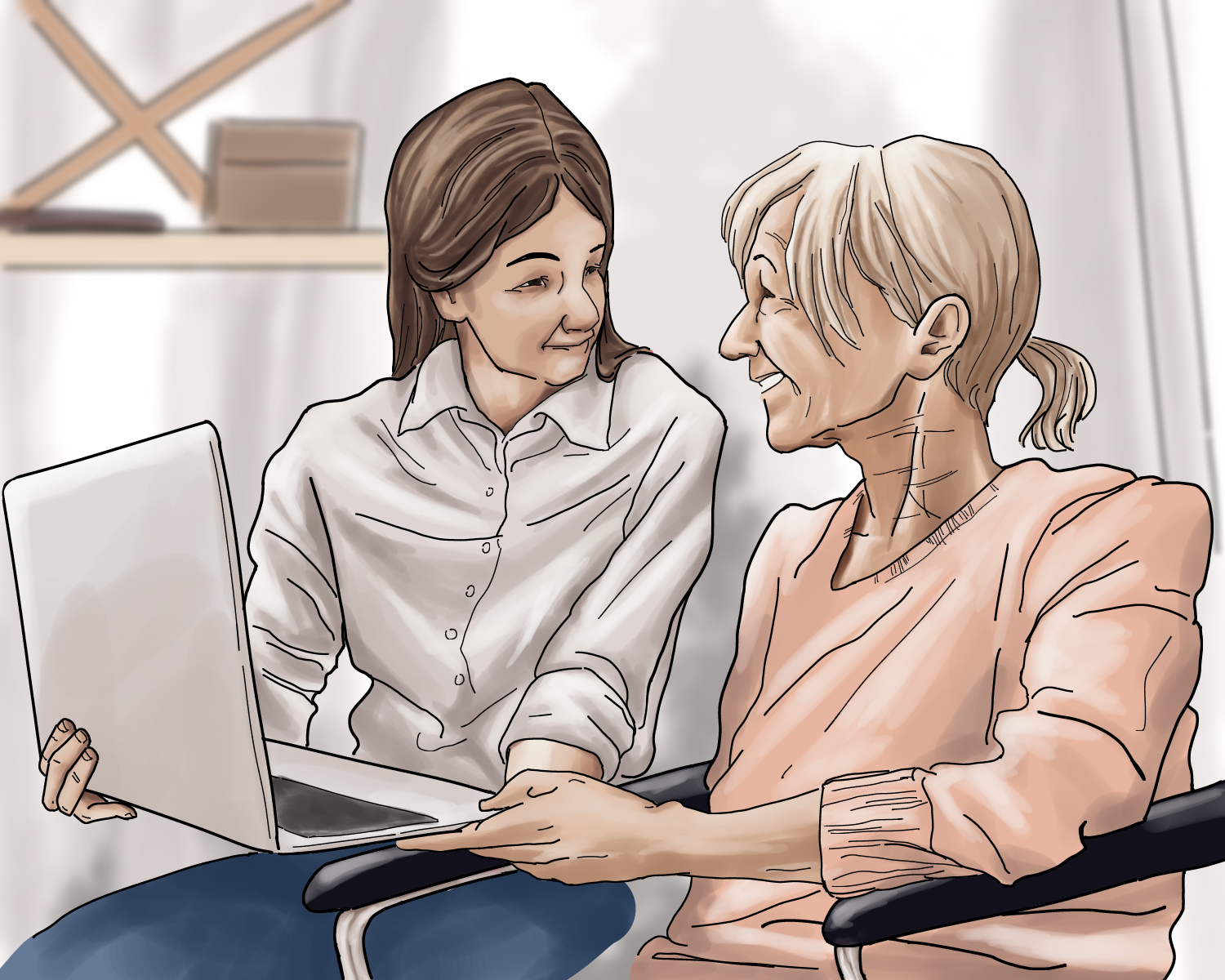Most caregivers experience times when the fatigue and frustration of providing care for a loved one can border on caregiver burnout. Even though I’ve handled caring for multiple elders and their unique needs reasonably well, there have been moments when I’ve wondered how much longer I could keep it up.
During those times, I came dangerously close to burnout, but I have always gotten through with a focus on faith, respite and self-care. After my caregiving days ended, however, I learned that there is another stage that is more severe than caregiver burnout—one that can be extremely scary. Many caregivers have told me over the years that they felt they had progressed beyond burnout, and it is important to understand that there is a term for this feeling: compassion fatigue.
How to Recognize Compassion Fatigue
There are many red flags that point to the onset of burnout and especially compassion fatigue, but caregivers must know what signs to look for and be able to detect them in their own behavior in order to act on them. Both the information and self-awareness are key to preventing long-lasting emotional issues and even stress-related physical illness.
“Being proactive is one of the best ways to combat compassion fatigue or at least prevent it from getting out of hand,” urges Valentin.
Warning Signs of Compassion Fatigue in Family Caregivers
- Feeling overwhelmed, exhausted and drained
- Avoidance and not wanting to be around your loved one (choosing to work late, daydreaming about no longer having to care for them, etc.)
- A decrease in patience and tolerance
- Angry outbursts that are uncharacteristic of your behavior
- Cynicism and hopelessness
- Heightened anxiety
- Impaired ability to make care decisions
- Difficulty sleeping
- Physical symptoms, such as headaches or gastrointestinal issues
Using Self-Care to Prevent Compassion Fatigue
If you begin noticing any of the above signs, the next step is to make yourself a priority and tend to, at the very least, some of your needs. Remember that compassion fatigue is not black and white—it is a continuum. Each caregiver has different limits, and there are times throughout the caregiving journey when one’s susceptibility to stress will increase and decrease. Many will experience these warning signs from time to time. These feelings and behaviors are undesirable but common for a demographic that is so overworked and has so few resources available. When the list above begins to describe daily life rather than fleeting behavior on a bad day, it is absolutely time to act.
“Allocate at the very least five minutes each day to eat, pray, dance, laugh, sleep, walk, sing, read an inspirational quote, meditate or chat with a friend. Give yourself a mental and physical break from actively caring for others,” Valentin encourages. “The ability to do so in small bursts can allow you to begin the practice of adequately caring for yourself and hopefully get you to increase these efforts moving forward.”
While many caregivers feel that self-care is impossible, it is important to understand that if you don’t allocate this time, no one else will. As mentioned earlier, in fields where compassion fatigue is prevalent, employers take care to enact policies that help prevent physical and emotional stress from negatively impacting employees’ work, attitudes and personal lives. It is up to family caregivers to be their own advocates and implement care plans that allow for regular breaks, self-assessments, respite time, professional and peer support, and changes in workload. Making these changes will not only help to minimize caregiver burden but also allow you to create a more positive and rewarding caregiving experience for you and your loved one.
“Having a non-judgmental outlet to express your thoughts can be very beneficial as well,” notes Valentin. “Outlets like writing in a personal journal, talking with a confidant or seeking advice from a healthcare professional can help you with processing your feelings and offer a safe place to release pent up thoughts and emotions.”
If you find yourself already experiencing these feelings and symptoms, then seek professional help and respite care immediately. “Believing the feelings will not subside, especially while you are still actively caring for a loved one, can cause some individuals to become depressed, develop panic attacks and/or potentially put their loved ones in harm’s way,” Valentin warns.
Once you feel refreshed and regain a sense of balance and perspective, you can make some important care decisions that will help prevent future instances of compassion fatigue, such as opting for permanent placement in long-term care or fortifying your care plan with regular breaks and respite. These care decisions will help set you on the path for a different kind of caregiving experience—one that is defined by compassion satisfaction not fatigue.

